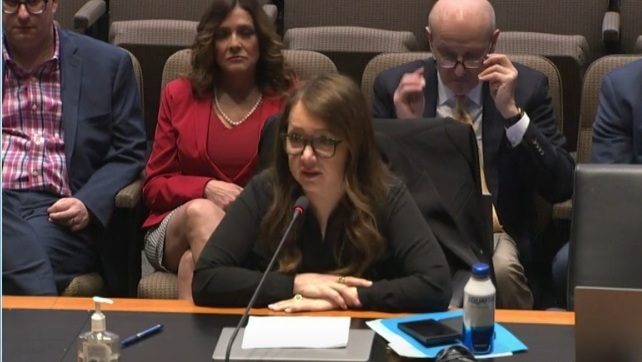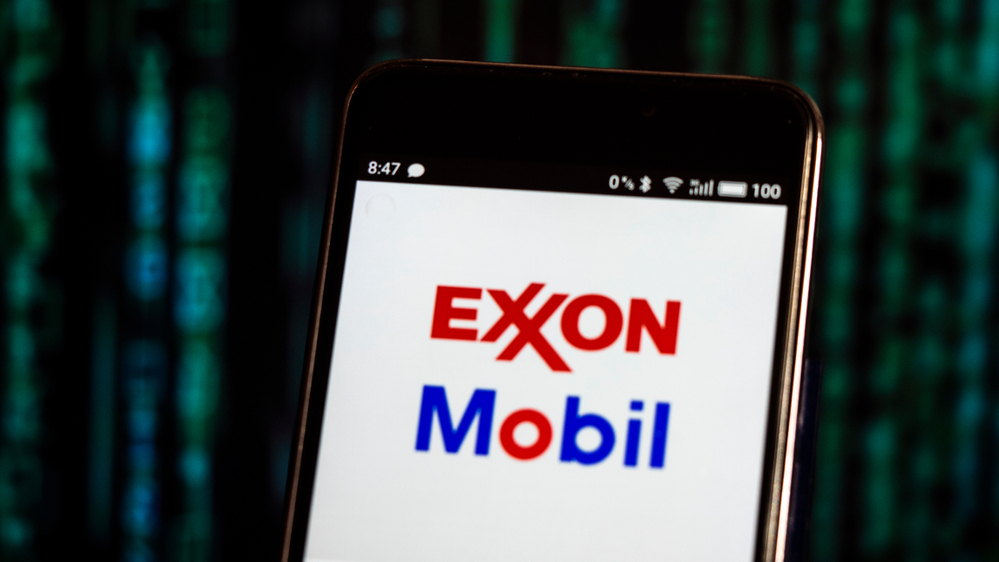
Exclusive: Celonis’ sustainability chief on reporting hurdles
Janina Bauer, global director of sustainability at Celonis, sits down with Net Zero Investor
Execution management giant Celonis recently published its first-ever sustainability report, in which the company argued that it is demonstrating its commitment to ESG and net zero goals through a series of measures and compliance statement.
After having read the report, Net Zero Investor reached out to the firm's director of sustainability, Janina Bauer, to take a deeper dive into the efforts it took to come to such a report, as many corporates are facing similar challenges.
What was the hardest part of delivering this first report and how did Celonis tackle it? For example, does it include Scope 3 emissions?
The practical questions are relevant since many CSOs or sustainability directors are currently trying to do the same, more often than not under investor pressure.
What was the hardest part of delivering this first report and how did you tackle it?
It was a big undertaking to produce our first ever sustainability report, and we wanted to make sure it provided our employees, customers, and partners with value, especially as it was not mandatory for us to report this year. We therefore had to ask ourselves, “What is the purpose of creating this report? Why are we doing this? Is this really helpful?”
Fundamentally, we wanted to be fully transparent. This is an important aspect of our wider sustainability strategy; transparency creates trust and engagement.
Because we did not have to publish a report, this meant we had the freedom to choose how to structure it. However, this brings me to the hardest part about creating the report: Bringing everyone together and ensuring our employees at Celonis were well-positioned to contribute to its creation. We had to ensure that each stakeholder, each contributor had the right content and data and was motivated and enthusiastic when undertaking this feat. This involved a lot of stakeholder alignment, shared processes, and regular check-ins with teams.
Everyone has a part to play in driving forward our sustainability agenda — whether they have ‘sustainability’ in their title or not — and the biggest hurdle to overcome in the creation of this report was making sure everyone understood their unique contributions were valuable and how they formed the big picture.
Does it include Scope 3 emissions?
Yes, our Sustainability Report includes Scope 1, 2 and 3 carbon emissions. We have maintained a high level of granularity in our data by including Scope 3 emissions, and it has allowed us to be completely transparent about the carbon footprint of our procurement processes across the entire supply chain.
What would you say to CSOs or sustainability directors trying to do the same?
First: Jump in and try it. One thing that helped us tremendously was starting small, with our Baseline
that we published in August (a magazine-style teaser publication that highlighted numbers we had not yet shared publicly before, and that demonstrated our ESG commitment and highlighted our progress). This kept the barrier towards reporting lower, and generated more internal trust and motivation before we embarked on the full version. This got more employees involved.
The hardest part: Bringing everyone together and ensuring our employees were well-positioned to contribute.
Also, it’s important to focus on specific material areas and identify these early in the process, in order to understand which items will be the key pillars of the report.
For instance, we conducted a materiality assessment that resulted in significant opportunities to maximise our impact and formed four core target areas, starting with Climate and Environment. Creating these pillars will help CSOs and sustainability directors structure the report and give a coherent direction throughout the entire process. Transparency is also vital as it provides stability and credibility. It therefore makes it easier for employees to see where they can be involved in the process.
And remember that your own employees can be the most important stakeholder. Of course investors, customers, partners, and more are reading it, but employers often forget that having feedback channels, listening to employees, getting it right with your own workforce will provide valuable information, and also fuel engagement.
Lessons learned?
When building our report, we learnt the importance of making the process fun, engaging, and creative. We enjoyed working with our creative teams, involving those that specialise in areas such as content writing and design. This helped us build internal excitement and evolve our sustainability brand, in turn encouraging motivation.
Rather than creating an overly ‘corporate’ document, it’s important to remember that a sustainability report should be accessible and something that people can enjoy reading. It will help us lay the groundwork for a more sustainable future.



